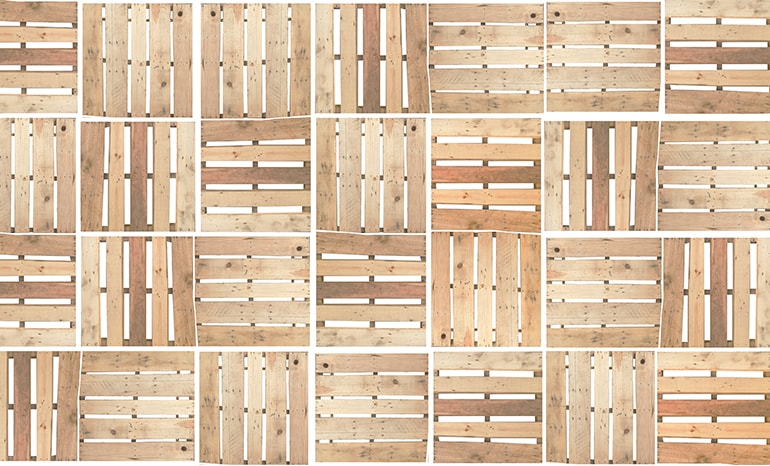The Four Ps of Pallet Selection
Hundreds of different pallet sizes are used around the world. While there is no one standard-sized pallet that fits all...
Hundreds of different pallet sizes are used around the world. While there is no one standard-sized pallet that fits all...

Hundreds of different pallet sizes are used around the world. While there is no one standard-sized pallet that fits all applications, two pallet designs are widely used in the United States. The block style has blocks (rectangular, square, multi-sided, or cylindrical deck spacer) between the pallet decks or beneath the top deck and is suitable for a wide range of handling environments due to its open access on all four sides. The stringer style has stringers (parallel pieces of timber used to support and space the deck components) between the deckboards or beneath the panel deck. Stringer pallets cost less than block, but they are not as strong. Also, stringer pallets only allow partial 4-way access if the stringers are notched; otherwise, two-way access is available at either end.
So, which one is right for your job? To specify the proper pallet, consider the “four Ps” of Pallet Selection: Product, Payload, Performance, and Purpose.
Of course, answers to these questions will vary for every organization. Start the discussion with your preferred pallet specialist; contact Rose Pallet today!
 Oct 30, 2019
Oct 30, 2019
Rose Pallet president Guy Gruenberg will be speaking at the 2020 Western Pallet Association Annual Conference!
continue reading double_arrow May 27, 2020
May 27, 2020
In these challenging times, more and more companies are looking for ways to cut costs. And, although pallets are essential, they don’t have to be expensive. As an alternative to buying new, we suggest trying reconditioned or combo pallets.
continue reading double_arrow






